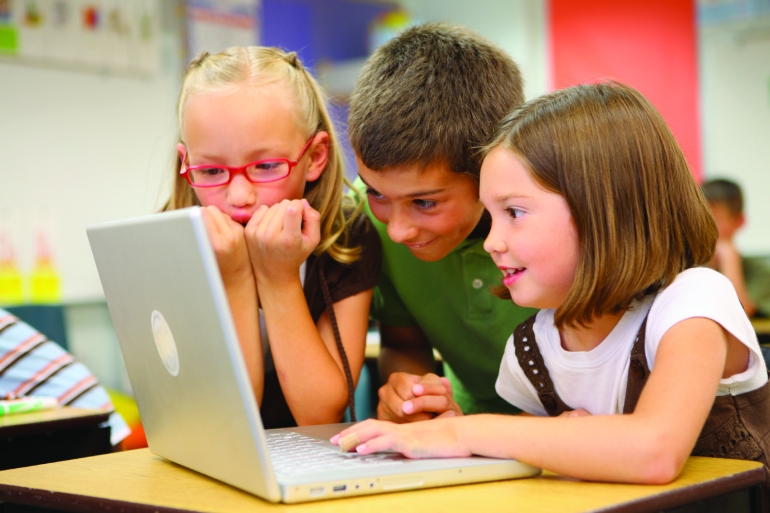According to ‘Growing Up In Australia’ (2015) up to 30% of a child’s waking time is spent in front of a screen. At the same time, developmental wellbeing such as mental health and physical health has experienced a significant deterioration (Mission Australia, Youth Survey Report 2018). A phenomenon that is a sign of our times, Problematic Interactive Media Use (PIMU) is characterised by addictive, excessive or compulsive behaviours towards screen media use. We know that without proper intervention, PIMU can have a devastating impact on a child, interfering with their educational, social and emotional development. We also know that socioeconomically disadvantaged children are most at risk.
Researchers from the Alberta Teachers’ Association, the University of Alberta, Boston Children’s Hospital, and Harvard Medical School developed a collaborative initiative, Growing Up Digital (GUD) Alberta, to better understand the scope of physical, mental and social consequences of digital technologies in areas such as exercise, homework, identity formation, distraction, cognition, learning, nutrition, and sleep quality and quantity. In December 2015, a stratified random sample of 3,600 teachers and principals from across Alberta were invited to participate in a GUD survey. This request resulted in over 2,200 participants and generated a sample that is highly representative of Alberta’s teaching population and corresponds closely to the profession’s demographics. GIE is the Australian partner in this worldwide study, in which we have permission to use and modify the existing methodology to reflect the Australian context and collect data that aligns to our focus of equity. This project has received HREC (HC190349) and SERAP (2019286) approval, and we have undertaken a small-scale pilot to ensure the modified tool is valid, accessible, and user-friendly.
A particular focus for the Growing Up Digital Australia project is on equity. Growing Up Digital Australia project will be undertaken in three phases. Phase one is underway, and involves a broad survey of classroom teachers and administrators across New South Wales, asking them what they have observed over the last three to five years as educational and personal technologies have penetrated the classroom. We will ask about readiness to learn, social and emotional health, access to devices and use of devices in learning and teaching. We will sample from our wide GIE database, targeting over 2000 subscribers, as well as use other avenues to ensure we capture widely the voices of educators and understand their concerns, both in and out of the classroom, and the range of policies that exist to govern the use of digital media at school. We also want to know how equity is affecting children’s access, and further how the use of digital technologies has been different for particular groups of children. The survey is currently open until December 9, 2019 and can be completed by clicking on the following link: https://unsw.au1.qualtrics.com/jfe/form/SV_cNlo9gKi3dvUwoR
Phase two will take place following the completion of phase one. The findings from phase one will shape a survey for parents, grandparents and caregivers that focuses on connectedness and home use of digital devices by young people. Phase three is the final stage, and will involve capturing the views of young people themselves and their use of digital technology.
Through the collection of quantifiable data in this project, the Australian findings will help policy makers, education system leaders, teachers and parents ensure that the most vulnerable children are shielded from the negative effects of digital technologies. It will also help us understand how we can leverage these technologies to promote equity and we can build a picture about who is at greatest risk of the problematic consequences that can result from overuse of digital devices.
If you have any questions about the project, please email gonski@unsw.edu.au
